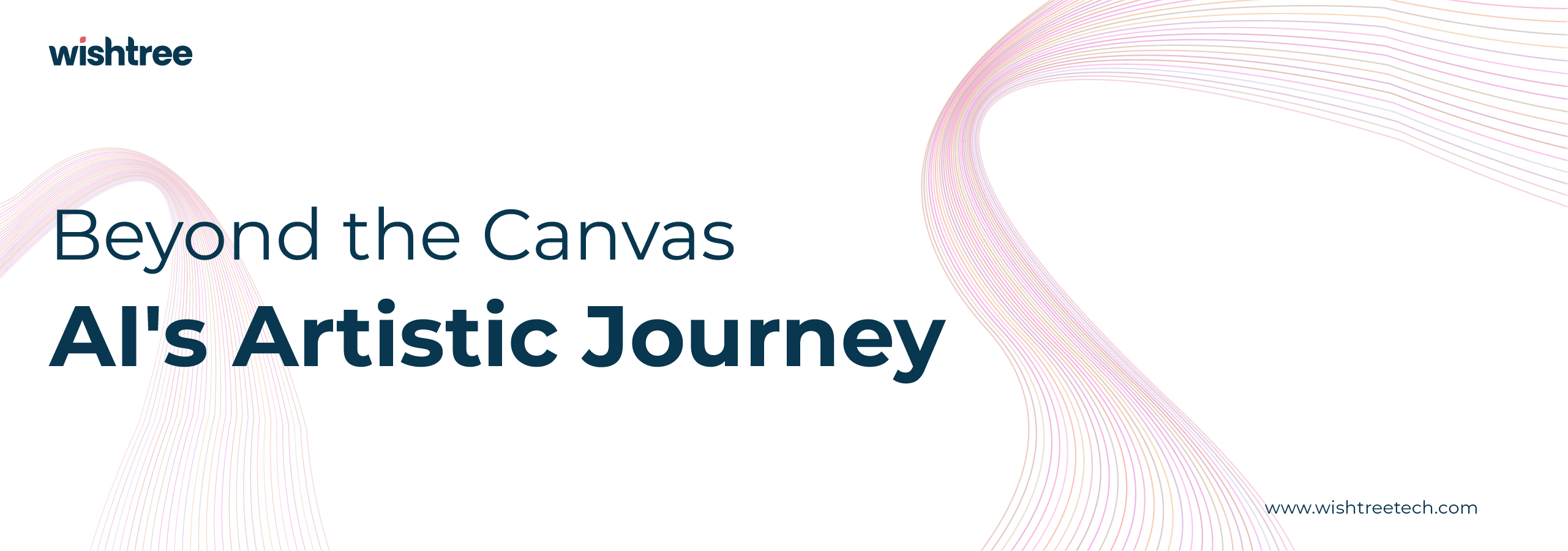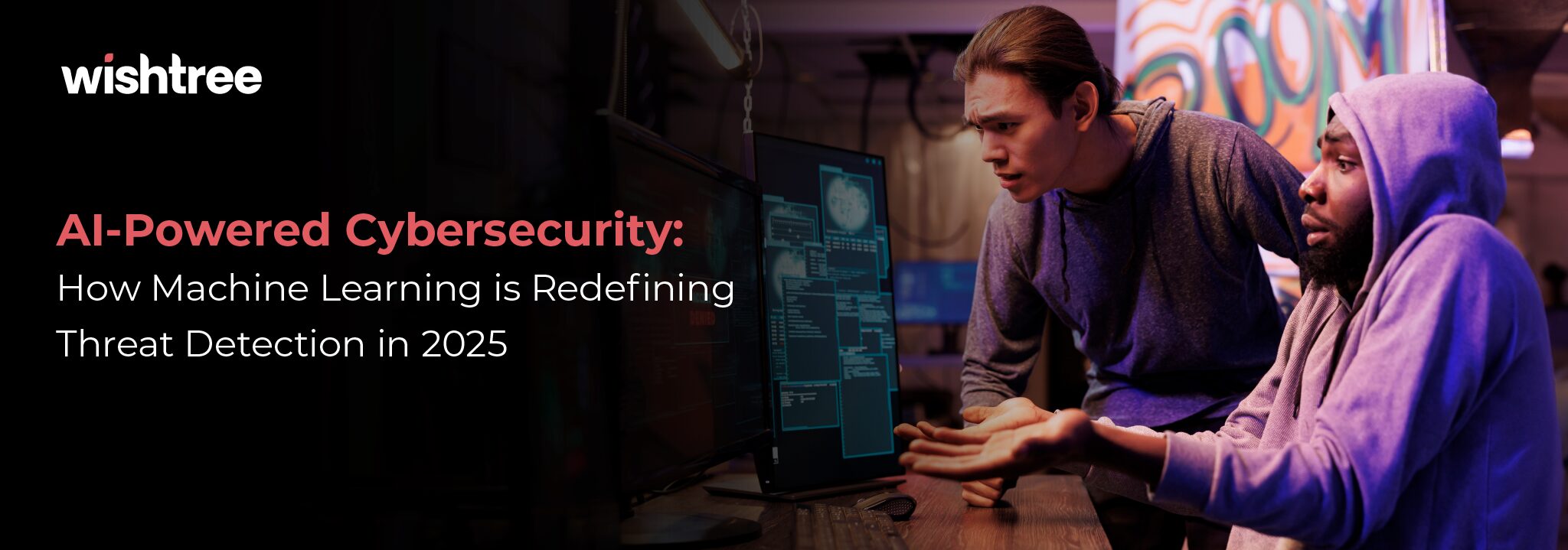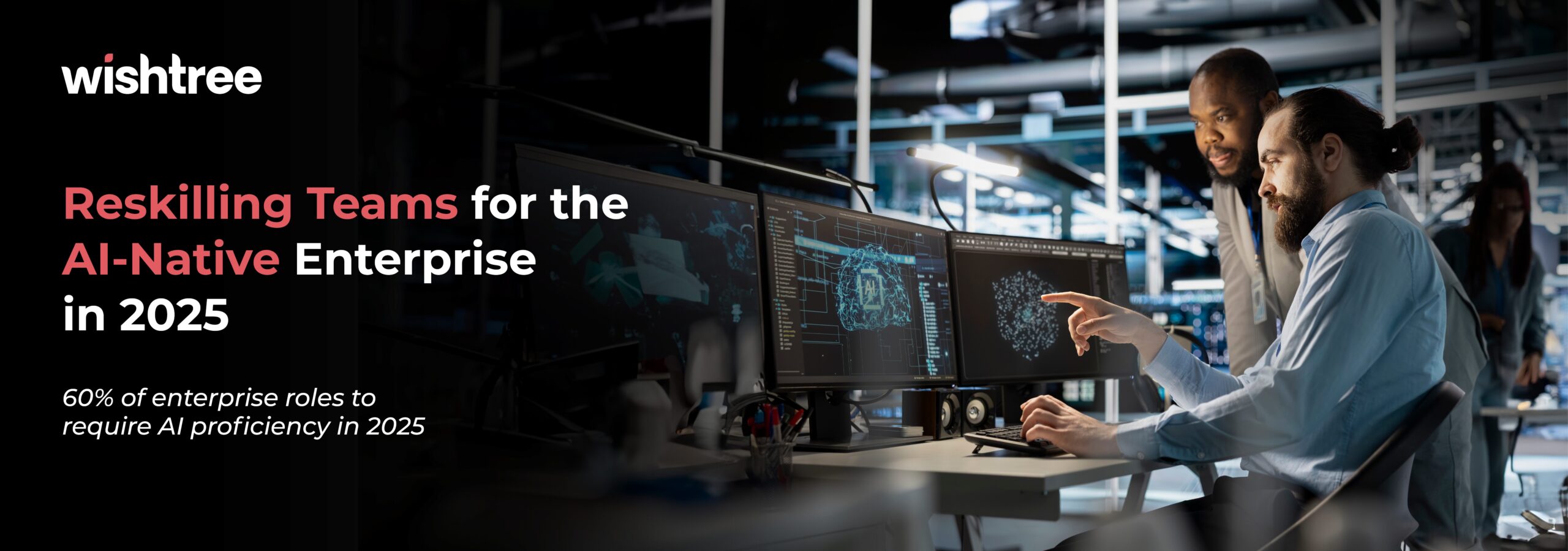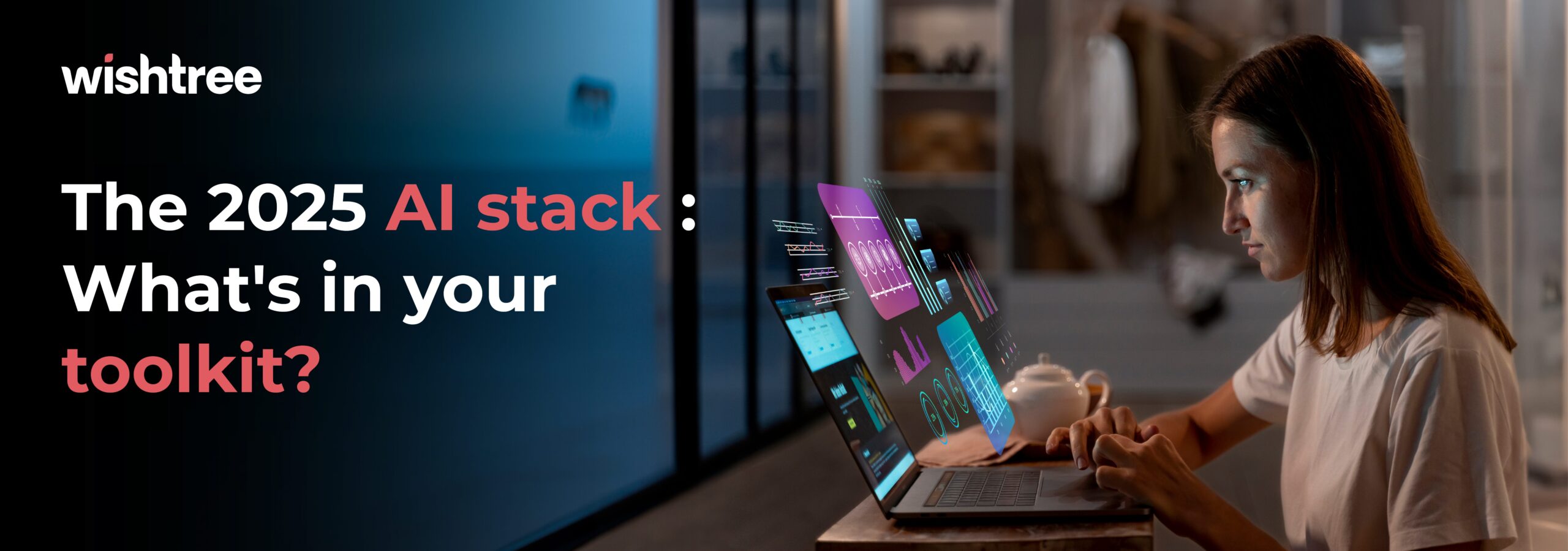Table of Contents
AI art is a captivating new frontier that’s revolutionizing the world of creativity. With the power of artificial intelligence right by them, artists and designers are exploring uncharted territories and producing stunning, unique works of art.
At the core of AI art lies a fascinating concept: generative models. These sophisticated algorithms, particularly Generative Adversarial Networks (GANs), enable machines to learn and create.
It is like a friendly competition between two neural networks: one that generates new images, and another that evaluates their authenticity. As they learn from each other, the generator becomes increasingly skilled at producing art that is both realistic and imaginative.
Let’s go deeper into the world of AI art, what say? Read on to discover how these incredible models are shaping the future of creativity.
Key Generative Models and Their Applications
Generative Adversarial Networks (GANs)
GANs are perhaps the most well-known type of generative model. They consist of two neural networks: a generator and a discriminator. The generator creates new images, while the discriminator evaluates their authenticity. Through a competitive process, the generator learns to produce increasingly realistic and creative artwork.
Applications of Generative Adversarial Networks (GANs)
Image-to-Image Translation
GANs excel at translating images from one domain to another.
- Artistic Transformations: Turning photos into paintings, sketches, or watercolors.
- Medical Imaging: Enhancing the quality of medical images for diagnosis and treatment.
- Data Augmentation: Creating synthetic training data to improve the performance of machine learning models.
Style Transfer
GANs can effectively transfer the style of one image onto another, resulting in visually striking and often unexpected outcomes.
- Artistic Expression: Creating unique and personalized artworks.
- Content Creation: Generating stylized images for various applications, such as gaming and advertising.
- Image Editing: Altering the appearance of images to match a specific aesthetic.
Realistic Image Generation
GANs have made significant strides in generating highly realistic images that are often indistinguishable from real-world photos.
- Content Creation: Producing realistic images for movies, games, and virtual reality experiences.
- Data Augmentation: Creating synthetic data to train machine learning models on tasks such as object detection and image classification.
- Art and Design: Generating novel and inspiring visual content.
Additional Applications
- Video Generation: Creating realistic videos from text descriptions or images.
- Text-to-Image Generation: Generating images based on textual descriptions.
- Drug Discovery: Designing new molecules with desired properties.
- Audio Synthesis: Generating realistic audio samples, such as speech or music.
Popular GAN tools
IBM’s GAN Toolkit
IBM’s GAN Toolkit is a comprehensive suite of tools designed to simplify the process of building and training Generative Adversarial Networks (GANs).
- Pre-trained models: Provides pre-trained GAN models that can be used as a starting point for your own projects.
- Customizable architectures: You can easily customize the architecture of your GANs to suit your specific needs.
- Visualization tools: Includes tools for visualizing the training process and the generated images.
- Integration with other IBM tools: Can be integrated with other IBM tools, such as TensorFlow and Watson Studio.
HyperGAN
HyperGAN is a flexible framework for building and training GANs with various architectures. It offers a modular design that allows you to easily experiment with different components of your GAN, such as the generator, discriminator, and loss function.
- Wide range of architectures: Supports a variety of GAN architectures, including DCGAN, WGAN, and StyleGAN.
- Customizable loss functions: You can easily define custom loss functions to suit your specific needs.
- Experiment tracking: Can track your experiments, making it easy to compare different models and hyperparameters.
GAN Lab
GAN Lab is a web-based platform that provides a user-friendly interface for experimenting with GANs. It offers a variety of pre-trained models and datasets, as well as tools for customizing your GANs and visualizing the results.
- Drag-and-drop interface: Provides a simple drag-and-drop interface for building GANs.
- Pre-trained Models: Offers a collection of pre-existing models that can be directly incorporated into your projects, providing a solid foundation for your work.
- Visualization Tools: Equips you with tools to visually track the training process and inspect the generated images in detail.
Midjourney
Midjourney is a popular text-to-image AI art generator that uses GANs to create stunningly realistic and creative images. You can simply provide a text prompt, and Midjourney will generate a variety of images based on your description.
- High-quality images: Known for producing high-quality images that are often indistinguishable from human-created art.
- Variety of styles: Can generate images in a wide variety of styles, from photorealistic to abstract.
- Easy to use: Is easy to use, even for those with no prior experience in AI or art.
StyleGAN
StyleGAN is a state-of-the-art GAN architecture that is particularly well-suited for generating high-quality images of faces. It uses a hierarchical structure that allows the generator to control different aspects of the generated images, such as the identity, pose, and expression.
- High-quality images: Is capable of generating extremely realistic and detailed images of faces.
- Control over image attributes: You can control different aspects of the generated images, such as the identity, pose, and expression.
- Wide range of applications: Has been used for a variety of applications, including creating synthetic datasets for training other AI models.
CycleGAN
CycleGAN is a type of GAN that can learn to translate images between two domains without requiring paired data. This makes it particularly useful for tasks such as image style transfer and image-to-image translation.
- Unpaired data: Can learn to translate images between two domains even if you don’t have paired examples of the same image in both domains.
- Cycle consistency loss: Uses a cycle consistency loss to ensure that the generated images are consistent with the original images.
- Wide range of applications: Has been used for a variety of applications, such as translating images between different artistic styles or generating new images of objects that don’t exist in the real world.
Diffusion Models
Diffusion models are a relatively new type of generative model that have gained significant attention in recent years. They work by adding noise to an image and then gradually removing it, learning to generate new images in the process.
Applications of Diffusion Models
Text-to-Image Generation
One of the most exciting applications of diffusion models is text-to-image generation. These models can generate highly detailed and creative visuals based on textual descriptions. Diffusion models can produce images that accurately capture the intended concept because they understand the nuances of language and the visual world.
- Creative expression: Can help artists and designers explore new creative possibilities by generating unique and unexpected visuals based on text prompts.
- Accessibility: Can provide a powerful tool via text-to-image generation for expressing the ideas of those who struggle with traditional art techniques.
- Commercial applications: Can be used to create marketing materials, game assets, and other visual content.
Image Restoration
Diffusion models can also be used to restore damaged or degraded images. This is particularly useful for preserving historical artifacts and restoring old photographs. Diffusion models can help to recover lost details and improve the overall quality of the image because they learn to remove noise and artifacts from images.
- Preservation of history: Can help to preserve historical artifacts that have been damaged over time.
- Restoration of personal memories: Can help to restore old or damaged photographs to their original condition.
- Scientific applications: Can be used to restore images from scientific experiments or historical archives.
Super-Resolution
Super-resolution is the process of increasing the resolution of an image, making it appear sharper and clearer. Diffusion models can be used to perform super-resolution tasks because they learn to fill in the missing details in low-resolution images.
- Enhancing visual quality: Can improve the quality of images that have been compressed or downscaled.
- Medical imaging: Can be used to enhance the resolution of medical images, such as X-rays and MRIs. This makes it easier for doctors to diagnose diseases.
- Surveillance: Can be used to improve the quality of surveillance footage, making it easier to identify individuals or objects.
Popular Diffusion Model Tools
Stable Diffusion
Stable Diffusion is a groundbreaking open-source diffusion model that has rapidly gained popularity in the AI art community. Its versatility and accessibility have made it a go-to tool for artists, researchers, and enthusiasts alike.
- High-Quality Image Generation: Consistently produces high-resolution, detailed images based on text prompts.
- Customizability: Users can fine-tune the model to generate images in specific styles or for particular applications.
- Community-Driven Development: A large and active community contributes to the model’s development, ensuring ongoing improvements and innovation.
- Ease of Use: Is relatively easy to set up and use, making it accessible to a wide range of users.
DALL-E
DALL-E, developed by OpenAI, was one of the early pioneers in text-to-image generation using diffusion techniques. While it is not as widely accessible as Stable Diffusion, DALL-E has demonstrated impressive capabilities in generating creative and imaginative images.
- Realistic and Detailed Images: Can generate images that are incredibly realistic and detailed, often challenging the boundaries between human and machine-generated art.
- Diverse Styles: Is capable of generating images in a variety of styles, from realistic to abstract.
- Text-Based Control: Users can provide detailed text descriptions to guide the image generation process.
- Closed-Source Nature: Is a closed-source model, limiting its accessibility to a select group of researchers and developers.
Imagen
Imagen, developed by Google AI, is another powerful text-to-image model that leverages diffusion techniques. It has been praised for its ability to generate high-quality, diverse, and coherent images based on text prompts.
- High-Fidelity Images: Produces images with a high level of detail and fidelity, making them visually appealing and realistic.
- Diverse Style Options: Can generate images in a wide range of styles, from photorealistic to artistic.
- Text-Based Control: Users can provide specific textual descriptions to influence the images generated by the model, tailoring the output to their desired outcomes.
- Closed-Source Nature: Similar to DALL-E, Imagen is not publicly available, restricting its use to a specific group of researchers and developers.
Autoregressive Models
Autoregressive models are a type of generative model that generate data sequentially, one element at a time. They are particularly well-suited for tasks involving sequential data, such as music and text.
Applications of Autoregressive Models:
Sequential Data Generation
Autoregressive models can generate new sequences of data, such as music, text, or time series data.
- Natural Language Processing: Generating text, such as articles, poems, or scripts.
- Music Generation: Creating new musical compositions in various genres and styles.
- Time Series Forecasting: Predicting future values of a time series, such as stock prices or weather patterns.
- Speech Synthesis: Generating realistic-sounding speech from text.
Popular Autoregressive Model Tools
Jukebox
Jukebox is a groundbreaking music generation model developed by OpenAI that leverages autoregressive techniques to create a diverse range of musical styles.
- High-Quality Music Generation: Can generate music that is often indistinguishable from human-composed works. It can the nuances of various musical genres.
- Versatility: Is capable of generating music in a wide variety of styles, from classical to pop, jazz, and beyond.
- Conditional Generation: Can be conditioned on specific artists, genres, or even lyrics. This allows for more targeted music generation.
- Closed-Source Nature: Is not publicly available, restricting its use to a specific group of researchers and developers.
Additional Autoregressive Model Tools
While Jukebox is a prominent example, there are other popular autoregressive models used for sequential data generation:
- WaveNet: A neural network architecture designed for generating raw audio signals.
- Transformer-based Models: Models like GPT-3 and GPT-4 have demonstrated impressive capabilities in generating text and other sequential data.
- LSTM and GRU: Recurrent Neural Network architectures that have been widely used for sequential data processing and generation.
Understanding the Creative Process
Prompt Engineering
Crafting effective text prompts is essential for guiding AI models to generate the desired outcomes. A well-constructed prompt can significantly influence the quality and relevance of the generated art.
- Clarity and Specificity: Use clear and concise language to convey your intentions. Avoid ambiguity to prevent the model from generating unexpected results.
- Keywords and Phrases: Incorporate relevant keywords and phrases that describe the desired style, subject matter, or mood.
- Descriptive Details: Provide as much detail as possible to help the model understand your vision.
- Experimentation: Don’t be afraid to try different prompts and see what works best.
Iterative Refinement
AI art is often a collaborative process between the artist and the AI model. The artist can provide feedback and make adjustments to the generated art, leading to a more refined and satisfying final result. This iterative process involves:
- Evaluating and Critiquing: Assessing the generated art for its strengths and weaknesses.
- Making Adjustments: Modifying the prompt or adjusting the AI model’s parameters to address any issues.
- Iterating: Repeating the process until a satisfactory result is achieved.
Style Transfer
Style transfer is a technique that involves applying the style of one image to another. This can create unique and visually striking results, as it allows artists to combine different artistic styles or to apply a particular style to their own work.
Use Cases of AI Art
Marketing and Branding
AI art can be a powerful tool for creating unique and attention-grabbing visuals for marketing campaigns, social media, and product design. It can help brands differentiate themselves from competitors and connect with their target audience.
Game Development
AI art can be used to generate a wide range of assets for game development, including characters, environments, and textures. This can help reduce development time and costs, while also creating more visually appealing games.
Fashion Design
AI art can be used to design new patterns, fabrics, and accessories. It can help fashion designers explore new creative directions and create unique and innovative designs.
Art and Design Education
AI art can be used to inspire creativity and explore new artistic frontiers. It can also be used to teach students about the principles of art and design in a new and exciting way.
Ethical Considerations
Copyright and Ownership
Determining ownership rights of AI-generated art can be a complex issue. In many cases, the ownership of the generated art may depend on the terms of service of the AI tool used to create it.
Bias and Fairness
AI models can perpetuate biases that are present in their training data. This can lead to the generation of art that is discriminatory or offensive. It is important to be aware of these biases and to take steps to mitigate them.
Deepfakes and Misinformation
AI can be used to create deepfakes, which are highly realistic but fake images or videos. Deepfakes can be used to spread misinformation and harm individuals. It is important to be aware of the potential for misuse of AI and to take steps to prevent it.
The AI Art Revolution: A Timeline
The journey of AI art began in the 1960s with simple geometric shapes generated by early computer programs. As machine learning technology advanced, AI art became increasingly sophisticated and realistic.
- 1970s: More complex images like landscapes and portraits emerged.
- 1980s: AI art started to find commercial applications in advertising and gaming.
- 1990s: AI art became more accessible to the general public with the development of user-friendly software.
- 2000s: AI-generated art became so advanced that it was often indistinguishable from human-made art.
- 2010s: New art forms like generative and algorithmic art emerged, pushing the boundaries of what AI could create.
- 2020s: AI art entered the realm of interactive and immersive experiences, blurring the lines between art and technology.
- 2022: Breakthroughs with Midjourney, Stable Diffusion, and DALL-E 2 revolutionized the AI art landscape, making it easier than ever for anyone to create stunning images.
- 2023: AI art continues to evolve, with new applications and possibilities emerging constantly.
The Impact of DALL-E and Midjourney
DALL-E and Midjourney have had a profound impact on the AI art scene. Their ability to generate highly realistic and creative images based on text prompts has:
- Lowered the barrier to entry: Anyone, regardless of their artistic skills, can now create visually appealing art.
- Increased efficiency: Artists can experiment with different styles and ideas much more quickly than in the past.
- Expanded applications: AI art is being used in a wide range of fields, including game development, 3D modeling, virtual reality, and NFTs.
Contemporary Artists and AI Art
Artists are embracing AI in various ways:
- Collaboration: Some artists are training AI models on their own styles to generate new works that are consistent with their existing artistic vision.
- Augmentation: Others are using AI as a tool to enhance their creative process, for example, by generating ideas, patterns, or compositions.
- Exploration: Many artists are experimenting with different AI algorithms and techniques to create novel and unexpected effects.
- Feedback: AI can be used to analyze artworks for composition, color, and style, providing valuable insights to artists.
- Quantity: AI can be used to generate large quantities of art for various purposes, such as creating content for social media or NFTs.
- Market opportunities: AI art has created new market opportunities for artists, who can sell their creations on digital platforms and through NFTs.
Leveraging AI Art for Business
Businesses can benefit from AI art in several ways:
- Speed and efficiency: AI art can be generated quickly and efficiently, allowing businesses to rapidly prototype new designs or create marketing materials.
- Cost-effectiveness: AI art can be more cost-effective than hiring human artists for certain tasks.
- Creativity: AI art can help businesses explore new design possibilities and break creative barriers.
- Personalization: AI art can be tailored to specific audiences or brands, creating more personalized and engaging content.
Key Considerations for Businesses
When considering using AI art, businesses should be aware of the following:
- Ethical implications: AI art raises ethical questions related to copyright, bias, and the potential for misuse.
- Technical expertise: Understanding AI models and their limitations is essential for effective use.
- Integration: Businesses need to integrate AI art tools into their existing workflows.
- Human oversight: While AI can be a powerful tool, human oversight is still necessary to ensure quality and maintain creative control.
Conclusion
AI art has undeniably revolutionized the creative landscape, offering a world of possibilities for artists, designers, and businesses alike. From its humble beginnings in the 1960s to the groundbreaking advancements of today, AI has transformed the way we think about art and creativity.
Whether you’re looking to generate unique marketing materials, design innovative products, or explore new artistic frontiers, AI art offers a wealth of opportunities.
At Wishtree, we’re committed to helping businesses harness the power of AI to achieve their goals. Our team of experts can provide guidance on selecting the right AI tools, training your team on effective AI usage, and developing tailored AI solutions that meet your specific needs.
Ready to unlock the potential of AI art for your business? Contact us today to learn more about our AI services and how we can help you create stunning, innovative content.



